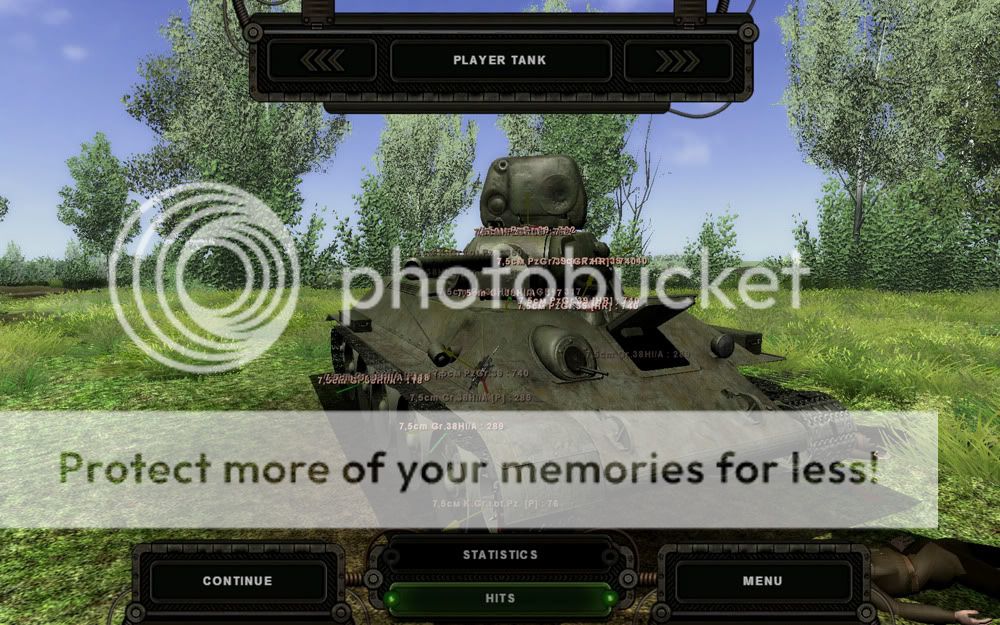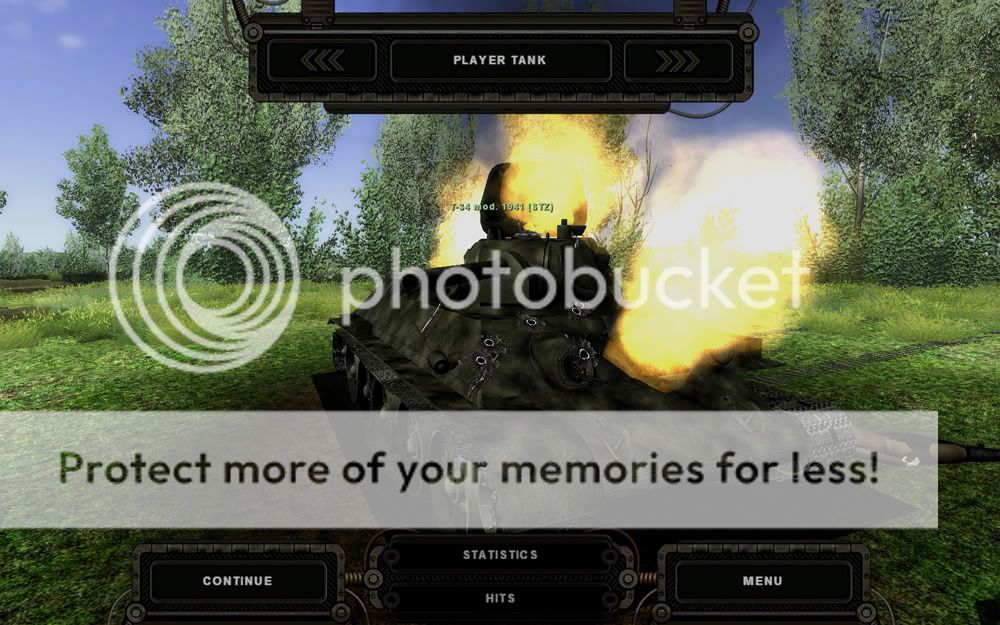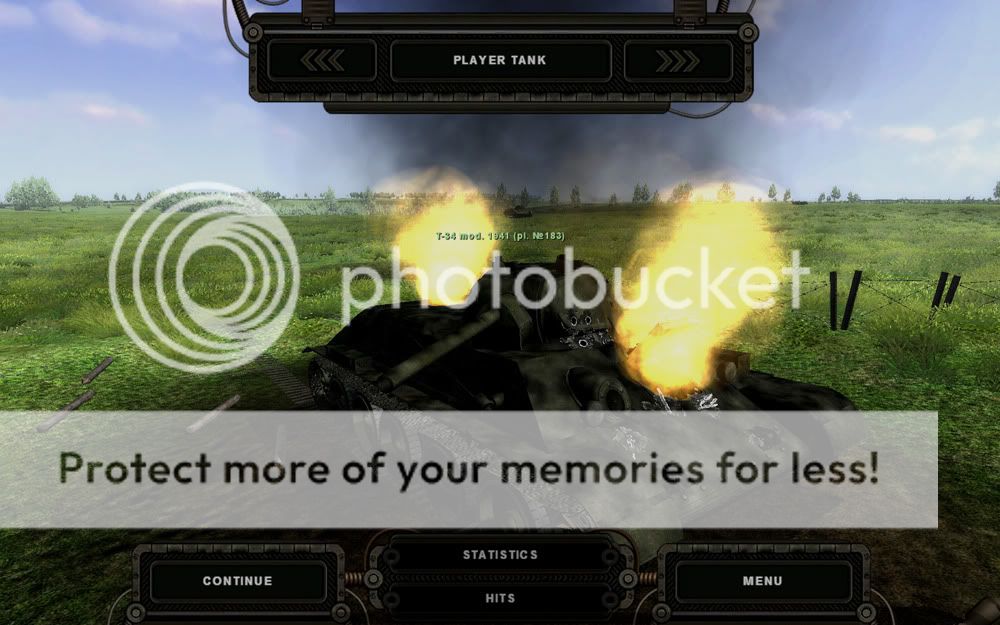Well, the definition of a penetration is quite clear, fully perforating the plate.
Now, the difference lies in the details. Each nation had different standards on how far the projectile had to go through the plate, (ie 50%, 80% or 100%), how often the plate had to be penetrated (50%, 80%, 100%).
I don't remember the exact numbers off the top of my head, so you're free to look them up.

The different criterias used to determine accepted penetration at specific ranges.
German criteria:
Complete penetration of plate by projectile (100% of projectile), by atleast 66.6% of the rounds fired. (50% for calibers below 5cm)
US criteria:
Partial penetration of plate by projectile (??% of projectile [not specified]), by 50% of the rounds fired. (All calibers)
British criteria:
Complete penetration of plate by projectile (100% of projectile), by atleast 50% of the rounds fired. (All calibers)
USSR criteria:
Partial penetration of plate by projectile (specifically 75% of projectile), by atleast 66.6% of projectiles fired. (All calibers)
Confusingly Battlefield.ru mentioned a "Certified Penetration" method used by the Soviets as-well, where CP indicated a 80% chance of a penetration, without going into further depth about wether this refers to the chance of achieving a complete or partial penetration. However this is in dispute with other sources, and the site's mistake on German criteria brings into question the validity of the information presented there.
As for the subject of the 7.5cm KwK40 L/43 versus the 45mm glacis of the T-34:
The 7.5cm KwK40 L/43 was, as all German guns, extensively tested and found capable of the following average performance against a 250-265 BHN RHA target plate tilted at an angle of 30 degrees from the vertical:
PzGr.39 (6.8 kg, APCBC-HE, 740 m/s):
100m = 99mm @ 30 deg
500m = 91mm @ 30 deg
1,000m = 81mm @ 30 deg
1,500m = 72mm @ 30 deg
2,000m = 63mm @ 30 deg
Total Projectile energy: 1,861 Kilo Joules
Cylinder plug projectile energy pr. sq.cm (Indicative of raw penetration power potential irrespective of projectile design): 42.2 KJ/sq.cm
In addition to this it is noted by Livingston & Bird, that the German test plates were of unusually high quality throughout the war, which would mean performance was even greater in practice versus Allied armour. (Worth keeping in mind) The quality & nose hardness of German AP projectiles were also higher than those of the other major countries.
T-34 front upper hull glacis specifications:
Actual thickness: 45mm
Slope/Tilt: 60 degrees from the vertical
Straight line relative thickness: 90mm
Type: Rolled Homogeneous Armour
Brinell Hardness Number: 420-430 BHN
With all this information in mind I would make an educated guess that straight on, with no lateral angle, the 7.5cm KwK40 L/43 was effective with the PzGr.39 against the T-34's 45mm glacis plate out to between 500 & 600 meters. However internal spalling could be expected to occur beyond even 1,000 meters.











